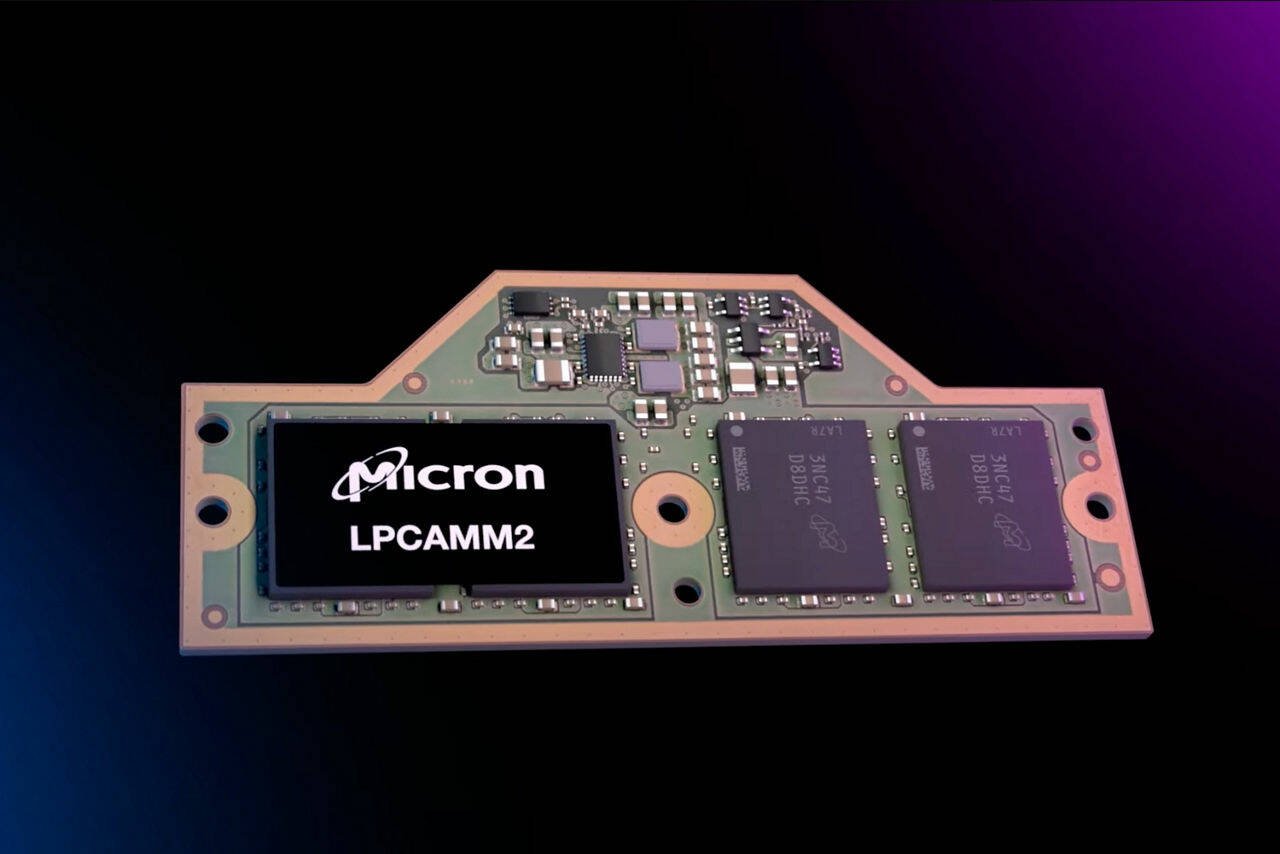Bring back THE RAMBUS!
I remember learning about this in the early 00’s but then the textbooks were saying about this newer memory technology which the world has moved to known as DDR! Makes me feel so old now 👵
I wonder if it means something for handheld devices like Steam Deck.
If you’re a manufacture, what incentives LPCAMM2 gives you over soldering the RAM? With soldering, you can upsell the upgrades and force ppl to replace the whole machine every 1-2 years. How does LPCAMM2 benefits the company? I’m talking in general, not some niche manufacturers like Framework.
TBH, I don’t think many will adopt this. Maybe it will show up in some expensive laptops like high end gaming and workstation, but majority of them wouldn’t.
“we created the problem of soldered-on ram! now we have the solution: a new standard, for no fucking reason!” -every memory, board, and system company
But the article explains that there is a technical reason.
For the curious (and lazy):
According to repair biz iFixit, the issue with the power-frugal LPDDR memory chips is that the lower voltage they operate at calls for more attention to be paid to signal integrity between the CPU and memory. In practice, this has meant shorter track distances on the circuit board, leading to LPDDR being soldered down as close to the processor as possible.
LPCAMM2 is intended to address this by putting LPDDR onto a circuit board module that is “cleverly designed to mount right up next to the CPU,” with “very short traces to help maximize signal integrity,” the iFixit team explains in a blog and video detailing their hands-on with the ThinkPad P1 Gen 7.
“they did it to save power!!! 111 one eleven”
there was perfectly fine memory that was upgradable before. They (system integrators/oems) saw it as a way to kill the upgrade market, boosting profits.
So you believe that the performance improvement and power saving is not worth creating a new standard?
No, not at the cost of locking in customer choice and flexibility. I have soldered-on ram in my ThinkPad, but not in my Predator gaming laptop. There is a -157% chance that Lenovo was trying to extract a few percent of extra speed so that I can open Firefox 0.13 seconds faster. Perhaps they’d try to cry “but battery life!”, in which case I’d respond with “well it’s not fucking working” as that machine barely gets 2.5h on a brand-new battery, browsing the web + terminal windows doing server admin stuff. (ThinkPad X13 Gen 2, Intel, with WWAN if you’re curious. Fucking 1.5k and it’s just passable for basic usage on the go.)
I’m not really upset with this ‘new’ standard, but the fact that oems are absolutely going to use it as bullshit marketing “look, we fixed the problem! get our un-fucked ram for only $129 per stick!”. That’s what the fuck I’m pissed off about.
I mean I’m not sitting here defending soldered on ram but your unnecessary aggression and sarcasm in your previous responses overshadows the fact that while solder on ram sucks for the upgrade and repair market the underlying tech has very tangible improvements and now we can maintain that improvement and the upgrade and repair functions.
I agree, soldered ram is bad. But I disagree that LPDDR ram is fundamentally bad and this improvement allowing it to be modular while maintaining its improvements is a very good thing.
As far as your complaints of battery life on your thinpad goes, there is much more to battery life than the consumption of the memory but naturally every part plays a role and small improvements in multiple places result in a larger net improvement. I’m assuming you’re running linux which in my experience has always suffered from less than optimal power usage. I’m far from an expert in that particular area but its always been my understanding that it is largely caused by insufficient fireware support.
As a whole this looking at this article in a vacuum i only see good things. A major flaw with lpddr has been address and i will be able to expect these improvements in future systems.




